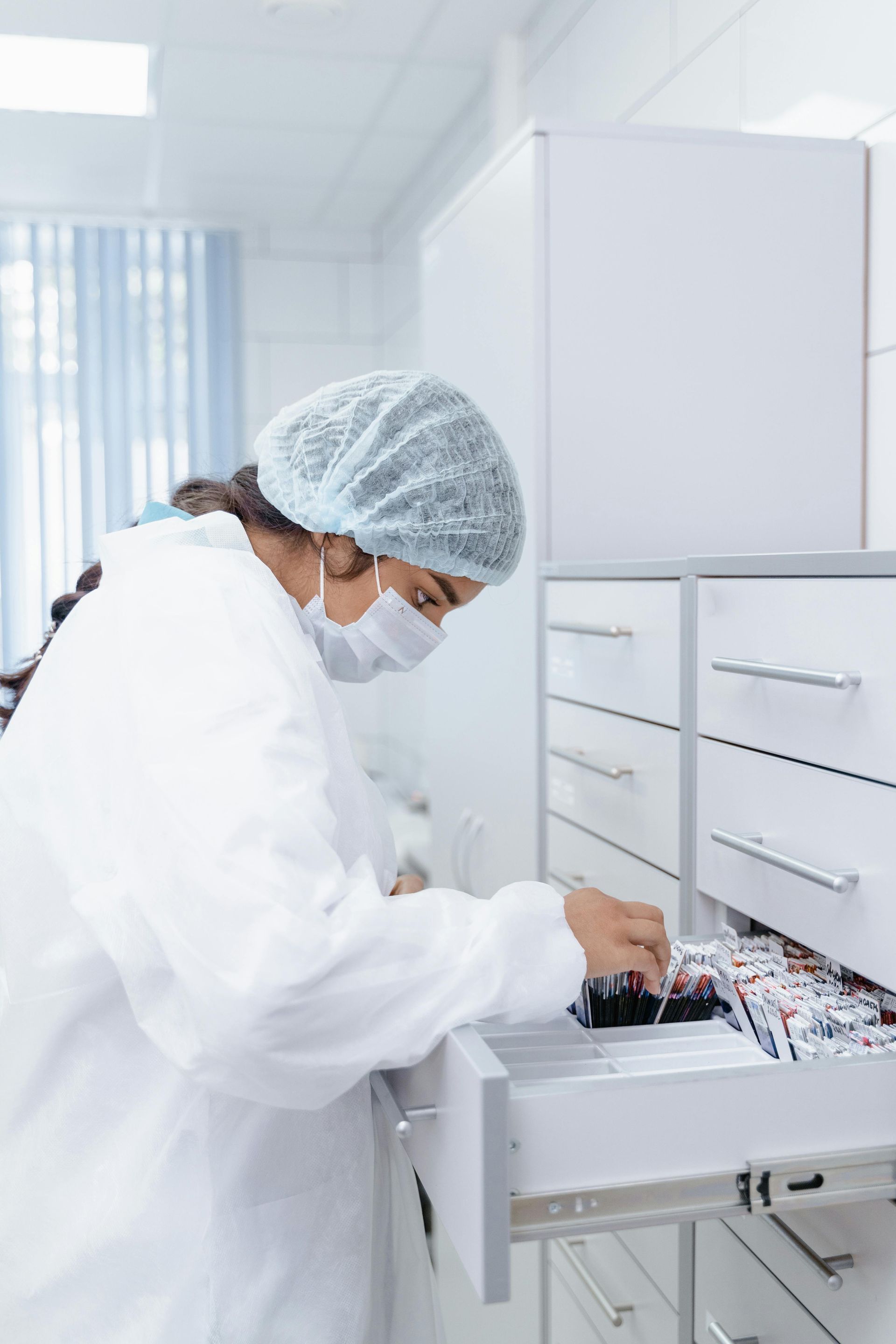Adverse Drug Effects: How the FDA Handles Safety Throughout a Drug's Lifecycle
Every drug you manufacture must go through rigorous research and development, planning, clinical trials, and eventual production should it achieve FDA approval. But the lifecycle of a drug goes far beyond the initial stages required to bring it to market. You have to continuously address safety concerns as they arise.
Drug safety is something that the FDA takes seriously, especially when it comes to drugs that are actively being sold to the public. But how does the FDA handle side effects for released drugs?
Gerald Dal Pan, M.D., M.H.S., the director of the Center for Drug Evaluation and Research’s (CDER) Office of Surveillance and Epidemiology (OSE), a division of the FDA, explained how CDER approaches safety throughout a drug’s lifecycle.
How Are New Risks Identified and Addressed?
According to Dr. Pan, the FDA heavily relies on the FDA Adverse Event Reporting System (FAERS) to log reports about side effects and other safety concerns.
Reports made using FAERS can highlight known risks, case-specific reactions, and important clues about the safety of a drug. The FDA then compares these reports to existing data to determine whether a reported risk is serious enough to warrant additional action.
How Does the FDA Act on Newly Discovered Risks?
There are a variety of steps that the FDA can force a pharmaceutical manufacturer to take. These steps include:
- Requiring the manufacturer to display new risks on the product’s label.
- Adding pertinent scientific information that will enhance a healthcare professional’s ability to prescribe and advise on the drug’s intended outcome and potential risks.
- Requesting that a manufacturer create a Risk Evaluation Mitigation Strategy (REMS) for serious adverse effects.
The FDA rarely removes approved drugs from the market. Instead, they recommend that drug manufacturers improve their labels using these suggestions:
- Adding a boxed warning
- Improving existing warnings and precautions
- Explaining special circumstances where the drug shouldn’t be used
- Detailing any reactions a patient may experience
- Establishing which drugs a particular drug shouldn’t be mixed with
Prioritize Drug Safety and Best Practices for Your Labeling
Are your labels up to date with the latest adverse effects? The Center for Professional Innovation and Education (CfPIE) offers detailed training and certification programs that can enhance your ability to create effective drug safety programs within your company.
Contact us today at 1-610-648-7550 if you’re interested in improving your drug safety and labeling procedures, learning about current best practices, and other important information about drug safety and FDA regulations.
Blog Categories
Stay Informed



